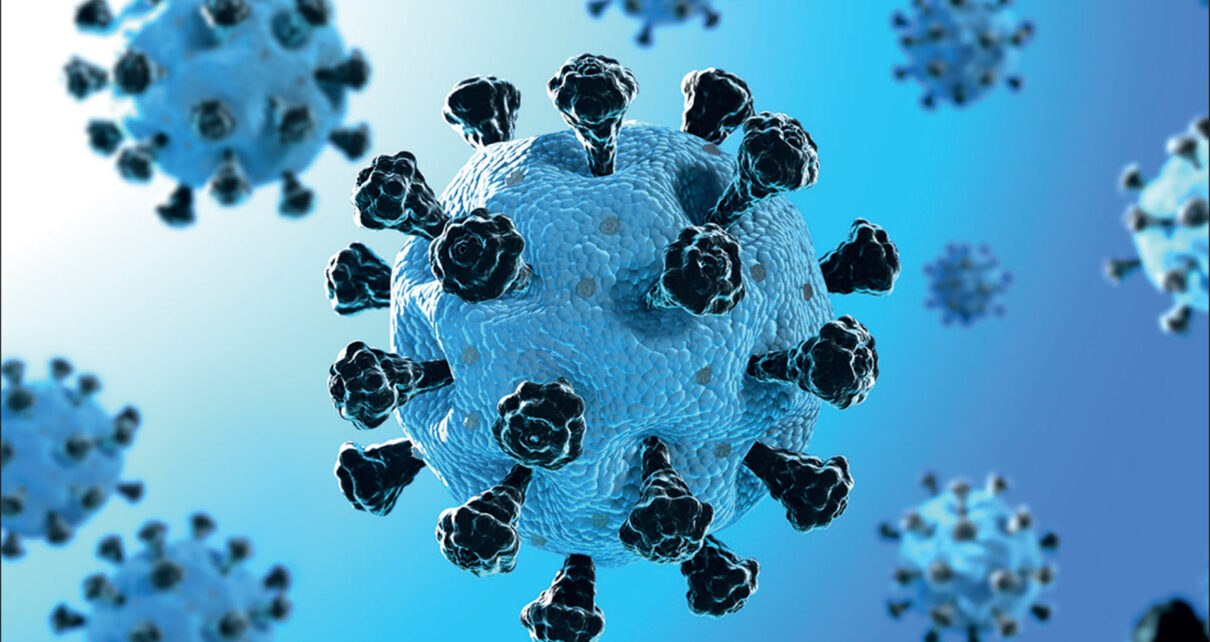Covid-19 is not only an airborne disease but also has the ability to infect or transmit when one is more than six feet away from an infected person, said the latest advisory from the Centres for Disease Control and Prevention (CDC), United States.
The principal mode by which people are infected with SARS-CoV-2, the virus that causes COVID-19, is through very fine aerosolised particles released during respiration, said CDC, almost a month after the Lancet found the virus is transmitted through the air.
The top US medical body said the risk of transmission is greatest within three to six feet of an infectious source where the concentration of these very fine droplets and particles is greatest.
“Transmission of SARS-CoV-2 from inhalation of virus in the air farther than six feet from an infectious source can occur. Although infections through inhalation at distances greater than six feet from an infectious source are less likely than at closer distances, the phenomenon has been repeatedly documented under certain preventable circumstances,” the CDC said.
In effect, the CDC said that the airborne virus can be inhaled even when one is more than six feet away from an infected person. The virus-laden particles are also airborne for hours and get accumulated in a room, which then is transmitted if somebody inhales them.
Coronavirus continues to remain persistent and stable in the air for many hours. “That’s why, inside closed spaces, ventilation is key. Both ventilation and masks are needed to reduce risk indoors. But most buildings are not ventilated well enough,” noted epidemiologist and Senior Fellow at the Federation of American Scientists in Washington DC, Dr Eric Feigl-Ding.
The CDC said that “infectious persons exhaling virus indoors for an extended time (more than 15 minutes and in some cases hours) leads to virus concentrations in the air space sufficient to transmit infections to people more than six feet away”.
People seem to be more exposed to that “background” air than they are by droplets from a distance, like secondhand smoke, according to the study.
For example, if someone infected with Covid-19 is wearing a mask and singing loudly in an enclosed room, a person who is sitting at the other side of the room is not more protected than someone who is sitting just 6 feet away from the infected person. This is why time spent in the enclosed area is more important than how far you are from the infected person.



